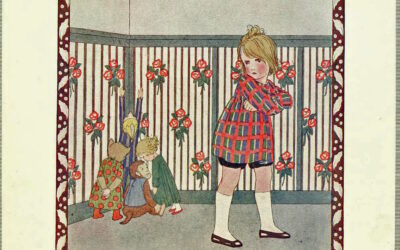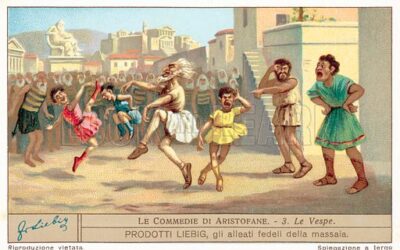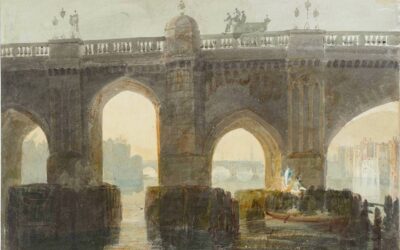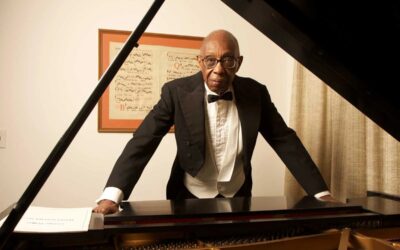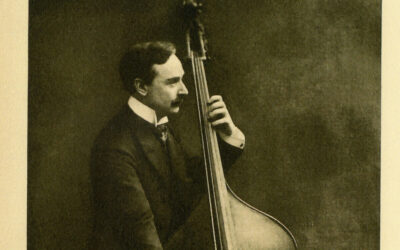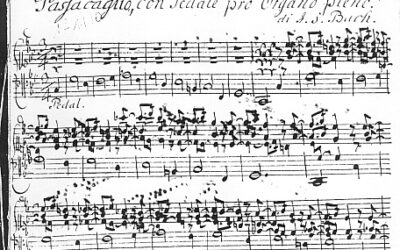Often called the “Female Beethoven,” Mayer composed eight symphonies and numerous chamber works, piano sonatas, and orchestral overtures.
Works
Children’s Corner
Debussy composed Children’s Corner between 1906 and 1908. He dedicated the suite to his daughter, Claude-Emma.
African Suite
Coleridge-Taylor sought to draw from traditional African music and integrate it into the classical tradition, which he considered Johannes Brahms to have done with Hungarian music and Antonín Dvořák with Bohemian music.
Overture to “The Wasps”
Composed by Ralph Vaughan Williams in 1909. It was written for the Cambridge Greek Play production of Aristophanes’ The Wasps at Trinity College, Cambridge, and was Vaughan Williams’ first of only three forays into incidental music.
Symphony No. 99
This symphony was written in 1793 in Vienna in anticipation of Haydn’s second trip to London.
Violin Concerto
A child prodigy, Korngold became one of the most important and influential composers in Hollywood history.
Lyric for Strings
Originally titled Lament, the Lyric for Strings was first composed as the second movement of Walker’s String Quartet No. 1 in 1946 while he was a graduate student at the Curtis Institute of Music.
Double Bass Concerto
The composer dedicated the concerto to Natalie Ouchkoff, his fiancé, whom he married the year of the composition’s premiere. The work’s production came at a time of little repertoire for the double bass, which was often considered as an instrument only for ensembles.
Passacaglia & Fugue in C Minor
One of his most important and well-known works, and an important influence on 19th- and 20th-century passacaglias. Stokowski arranged this work in 1922, and recorded it six times.
Rosa de Sal
Indian-American composer Reena Esmail (b. 1983) originally wrote Rosa De Sal for soprano and piano, using text from Chilean poet-diplomat Pablo Neurda’s Sonnet XVII. Esmail is known for interweaving raag with traditional Western orchestral colors.

